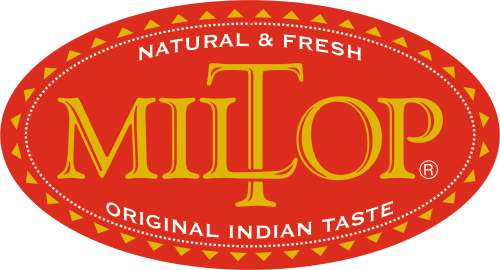Description
Lotus seeds or lotus nuts are the seeds of plants in the genus Nelumbo, particularly the species Nelumbo nucifera. The seeds are of great importance to East Asian cuisine and are used extensively in traditional Chinese medicine and in Chinese desserts. Pabdi is Lotus Seeds. These are edible seeds. The fruits are sold in Indian markets for the edible seeds embedded in it. The seeds are removed of their outer covering and embryo, which is intensely bitter. The seeds are most commonly sold in the shelled and dried form. Fresh lotus seeds are relatively uncommon in the market except in areas of lotus root and seed production, where they are sometimes sold as a raw snack Two types of dried lotus seeds can be found commercially; brown peel and white. The former is harvested when the seed head of the lotus is ripe or nearly ripe and the latter is harvested when the seed head is still fully green, but with almost fully developed seeds. White lotus seeds are de-shelled and de-membrane. The bitter tasting germ of the seed is also removed at the time of harvest using a hollow needle, though some may still remain in the seed due to production oversight. Brown peel lotus seeds are brown because the ripened seed has adhered to its membrane. These seeds are usually cracked in half in order to remove the germ since the seeds are hard enough to make the germs’ removal by needle difficult. Dried lotus seeds past their prime oxidize to a yellow brown colour. However, this is not necessarily an indicator of freshness since sellers of dried lotus seeds may choose to bleach their products with hydrogen peroxide, sodium hydroxide, or other more toxic chemicals.
Lotus seeds are classified as astringent and benefits kidney, spleen, and heart. The astringent helps loss of kidney essence. The seeds are used to treat weak sexual function in men and leukorrhea in women. The seeds also help in curing restlessness, palpitation and insomnia. Inside the seed is the green embryo the benefits the heart. Lotus seeds are classified as astringents, being sweet and neutral, and benefiting the spleen, kidney, and heart. The sweet taste and nourishing qualities of the seed are responsible for the benefit to the spleen; this helps stop diarrhea associated with qi deficiency. The astringent quality helps prevent loss of kidney essence, so the seeds are used to treat weak sexual function in men and leukorrhea in women. The embryo (lianzixin; heart of the lotus seed), is classified as bitter and cold and benefiting the heart; it dispels pathogenic heat from the heart to treat fidgets and spontaneous bleeding due to heat. The bitter components are isoquinoline alkaloids with sedative and antispasmodic effects. The alkaloids dilate blood vessels and thereby reduce blood pressure. Small amounts of the alkaloids are found in the seeds with embryo removed, and these may contribute an antispasmodic action for the intestines, helping to alleviate diarrhea.
They are sweet and tasty and may be eaten raw, roasted, boiled, candied or ground into flour.They can then be added directly to soups and congee, or used in other dishes. Fresh lotus seeds are sold in the seed heads of the plant and eaten by breaking the individual seeds out of cone shaped head. The soft rubbery shell that surrounds each seed should be removed before consuming. Crystallized lotus seeds made by drying lotus seeds cooked in syrup, are a well-loved Chinese snack and are eaten especially near Chinese New Year. The most common use of the seed is in the form of lotus seed paste which is used extensively in Chinese pastries. The paste is also used in Japanese cuisine, as an ingredient in cakes and other dessert items. When cooked in clear soups, lotus seeds are believed in Chinese medicine to “clear heat” and be particularly nutritious and restorative to one’s health, which may explain the prevalence of their use in cuisine. Lotus soups sometimes also include a whole chicken, other poultry, or fish for similar medicinal purposes.The seeds are roasted or candied for eating directly; made into a paste for producing sauces and cake fillings (in mid-Autumn it is customary to serve “moon cakes” which have a filling made of lotus seeds and walnuts); and cooked in soups, usually with chicken or beans.



